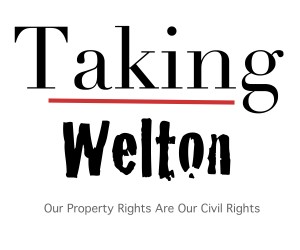Chicago’s TIF program moves deeper into the shadows
“s you probably know by now, a TIF freezes the amount that the schools, city, parks, and county get to tax for 24 years in a designated district. As the property rises in value, the extra taxes paid by property owners go into TIF bank accounts, which the mayor is pretty much free to dip into as he sees fit.
Which, of course, is why Mayors Daley and Emanuel have loved TIFs almost as much as I love the Bulls.
But, Ernst asks, what happens if the value of property in a TIF district goes down?
Well, I assume the TIF account loses out on tax money.
“Not necessarily,” says Ernst, pointing to the printouts to show what he’s discovered. “They can change the tax code.”
And it turns out he’s right. What this means is that the TIF program is even more deceptive and costly than I knew before.
The city regularly takes underachieving parcels of land out of TIF districts so they don’t bring down the overall haul of taxes. And it does it with the help of the Cook County clerk’s office.
That’s where things get truly weird: Clerk David Orr is one of the few elected officials in town who has dared to criticize the city’s TIF program. Why is he of all people helping to perpetuate a scam within the scam?
Well, like everything else in the TIF program, it gets complicated.”
Joravsky, Ben. Chicago Reader 8 July 2014.
